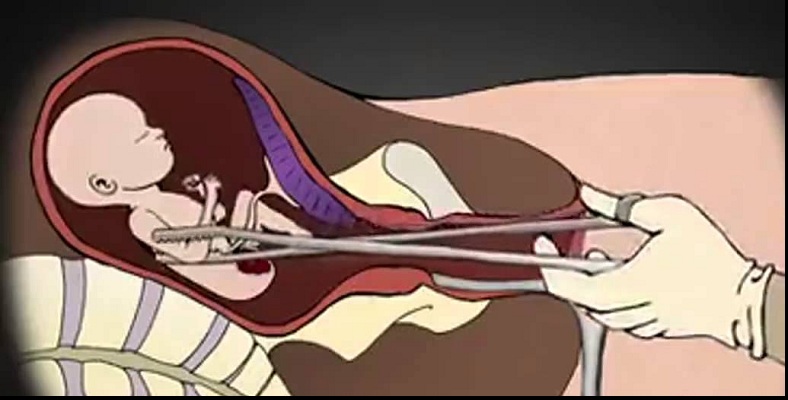
Dilation and Evacuation
- Description
- Faq's
Dilation and evacuation (D&E) is done in the second 12 weeks (second trimester) of pregnancy. It usually includes a combination of vacuum aspiration, dilation and curettage (D&C), and the use of surgical instruments (such as forceps).
An ultrasound is done before a D&E to determine the size of the uterus and the number of weeks of the pregnancy. A device called a cervical (osmotic) dilator is often inserted in the cervix before the procedure to help slowly open (dilate) the cervix. Dilating the cervix reduces the risk of any injury to the cervix during the procedure. Misoprostol may also be given several hours before surgery. This medicine can help soften the cervix.D&E usually takes 30 minutes. It is usually done in a hospital but does not require an overnight stay. It can also be done at a clinic where doctors are specially trained to perform abortion. During a D&E procedure, your doctor will:- Give you a first dose of antibiotic to prevent infection.
- Position you on the exam table in the same position used for a pelvic exam, with your feet on stirrups while lying on your back.
- Insert a speculum into the vagina.
- Clean the vagina and cervix with an antiseptic solution.
- Give you a pain medicine injection in the cervical area (paracervical block) along with a sedative. If the procedure is done in an operating room, you could receive a spinal anesthesia injection into the fluid around the spinal cord. This numbs the area between your legs. Or your doctor may use general anesthesia, which makes you unconscious.
- Grasp the cervix with an instrument to hold the uterus in place.
- Dilate the cervical canal with probes of increasing size. An abortion in the second 12 weeks will need the cervix to be dilated more than required for a vacuum aspiration.
- Pass a hollow tube (cannula) into the uterus. The cannula is attached by tubing to a bottle and a pump that provides a gentle vacuum to remove tissue in the uterus. Some cramping is felt during the rest of the procedure.
- Pass a grasping instrument (forceps) into the uterus to grasp larger pieces of tissue. This is more likely in pregnancies of 16 weeks or more and is done before the uterine lining is scraped with a curette.
- Use a curved instrument (curette) to gently scrape the lining of the uterus and remove tissue in the uterus.
- Use suction. This may be done as a final step to make sure the uterine contents are completely removed.
- Give you a medicine to reduce the amount of bleeding from the procedure.
The uterine tissue removed during the D&E is examined to make sure that all of the tissue was removed and the abortion is complete.
Doctors may use ultrasound during the D&E procedure to confirm that all of the tissue has been removed and the pregnancy has ended.